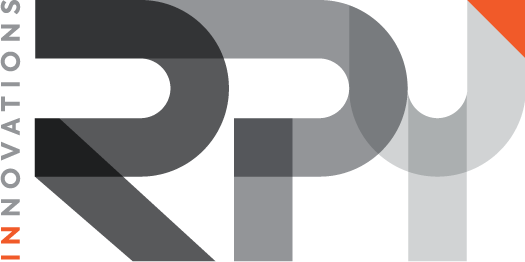How to Create Effective Policies (It’s Not What You Think)
If you’re an executive excited about the benefits of becoming a payment facilitator, one of the first steps you’ll take after registering is proving that you have certain infrastructure and expertise in place.
In addition to producing documents about ownership and structure, you’ll need to verify that you’ll protect consumer data and that you won’t enable money laundering. Every year requirements increase in number and complexity. And for good reason! The obligations of managing personal information and regulatory requirements are significant.
You might look at the policy requirements and think, how do I write this policy as quickly and easily as possible myself? In other words, how do I check this box and get back to my work? But this simplified approach would actually make the writing process more difficult, and the resulting document far less useful. Instead, you should approach policy as an organizational change project, framing your approach with the question how can I lead my team to develop and manage effective policies? This approach will result in policies robust enough to function as the foundation for your payment business, providing much-needed clarity and direction for employee management.
As a management consultant specializing in leading organizational change initiatives, I’ve seen the creation and implementation of thoughtful policies focus companies, while poorly written ones often disrupt them. Following the specifics below will bring peace of mind and a steadiness throughout the process that is well worth the work you’ll put in up front.
Commitment from Leadership
First, leadership needs to demonstrate their commitment to the project. This could be as simple as an announcement at a staff meeting. The purpose of this message is to show that the project is critical to the payments business, that the leader expects managers and employees to make it a priority, and that the leader is available to commit the resources needed to complete the project.
Policy development takes time over and above regular work responsibilities and involves potentially uncomfortable negotiations between managers–two compelling reasons to avoid working on policy development at all. Don’t underestimate that formal announcement or the impact of engaged leadership throughout this project.
Capture the Work
Policies usually come down from on high, often written by managers or even outside consultants. An important question to ask is do the folks who create it understand the workflow of the organization? Or is following the policy at odds with the employee getting their work done?
To make sure you create policies that employees actually use, you’ll have to engage the people who are responsible for the work to help in the policy development process. The people who do the work need to be in the room at some level; employees should help write the policy so that it ends up with an accurate enough description of the work. If not, the employees won’t be able to translate the policy into standard operating procedures or get the work done. After all, employees want to get their work done as quickly and easily as possible.
Employee Buy-in
New policies bring lots of positives: they’re an opportunity to formalize a shaky process, shore up an overworked employee, and uncover hidden issues. But an uncomfortable reality is that more policies and procedures often equal more work. New policies can slow down business, introduce more steps and steeper responsibilities. And let’s be honest: more work on an employee’s plate does not necessarily mean they will get paid more. Even if a manager decides to outsource some of the work, it will still cost money.
Everybody wants to cut corners, but if you create a corner in the policy–an extra step, quality control check, or additional documentation–it has to have a meaningful purpose, and the employees had better understand why that corner is important. The best way you can make sure employees understand the importance of following the policy is to involve them in the process of writing the policy itself as much as possible. If they are included in the policy development process they will have been a part of important conversations about why the extra steps are critical, even legally required. As a result, they are much less likely to cut corners.
For instance, to comply with anti-money laundering laws, a payment facilitator has to check all merchants against government sanction lists. While this is not a huge time commitment, it is a considerable extra level of responsibility, making employee commitment to executing it an integral part of a successful policy. In the long term, a defined, stable, uniform set of guidelines provides consistency and allows new employees greater confidence in their work.
A Communication Plan
Once you’ve written your policy and gotten buy-in from both leadership and employees, you’ll need a communication plan. Ultimately, not every employee can or should provide input into policy development, so a robust communication plan is critical for their shared understanding of the new responsibilities. This plan should include a formal announcement of the new policies by leadership, initial and refresher training, work support tools (quick reference guides, for example), and standard operating procedures.
Your employees need to know all the new rules: you’ll be working this way, following this policy. Above all, employees need to know that the changes are important to their performance. A communication plan lays the groundwork for employees to integrate the policy into the way they work, setting them up for success.
Any organizational change project requires a team to communicate and understand its own processes on a new, higher level. Following these tips will help your business create policies that your team can use to create clear responsibilities and efficient processes that will lead you to greater profits.
